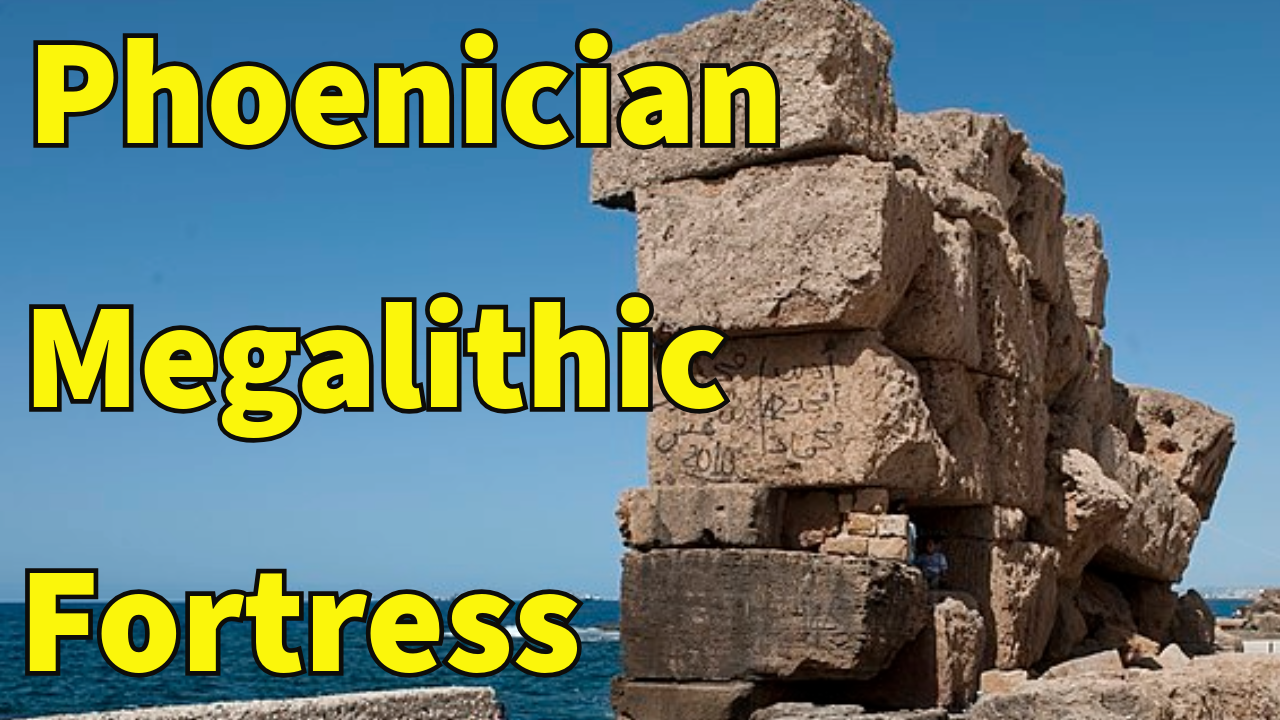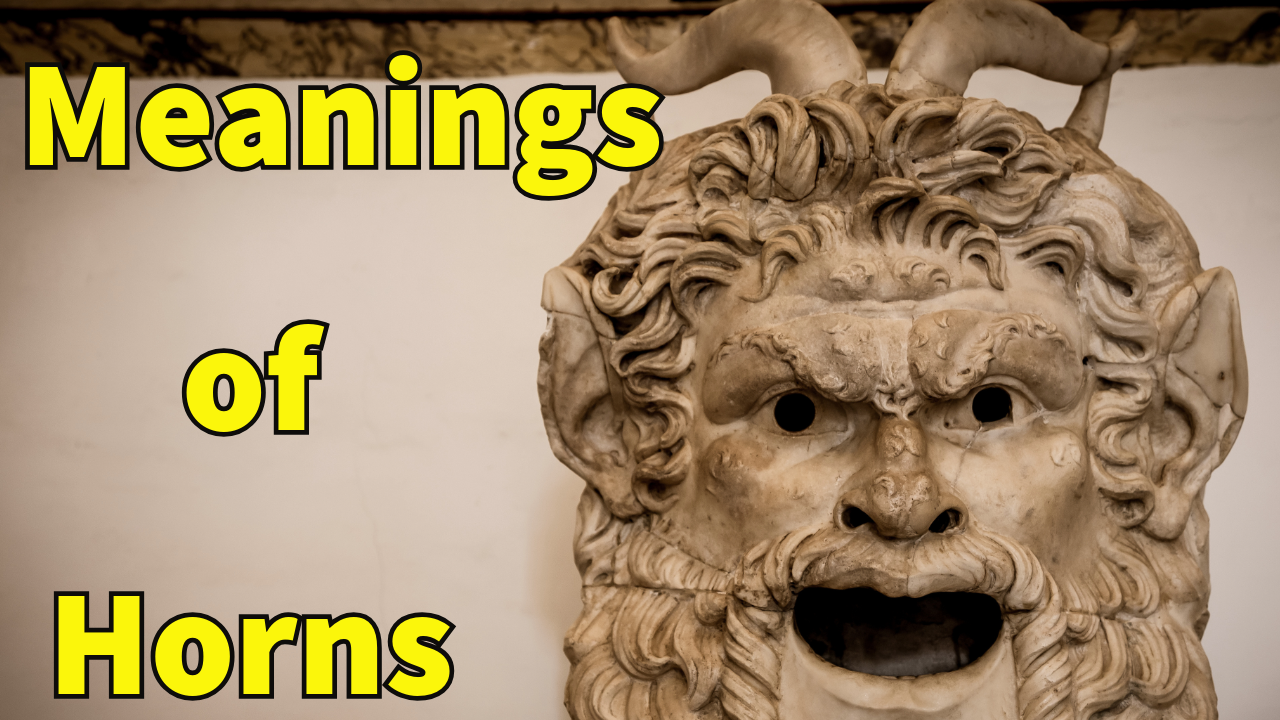
Arwad, an island city situated off the coast of Syria in the Mediterranean Sea, is renowned for its ancient megalithic fortress. A strategic stronghold which has withstood the ravages of time, it offers a fascinating glimpse into the architecture, cultural practices, and historical significance of ancient civilizations in the region.
Historical Background
Also known as Arvad in ancient texts, it was then named Árados in Greek, which was Latinized as Aradus. In Arabic, it became Arwad . It’s also known as Ruad Island.
It is one of the most significant archaeological sites in Syria and its origins date back to the Bronze Age, with the island being continuously inhabited since at least the 3rd millennium BCE. The fortress itself was constructed during the height of Arwad’s prominence, around the 1st millennium BCE, reflecting its strategic importance in ancient maritime trade and defense.
The island was settled in the 2nd millennium BC by the Phoenicians. Under their control, it became an independent kingdom probably called Jazirat (meaning “island”) or Aynook. The city has been cited as one of the first known examples of a republic in the world, in which the people, rather than a monarch, are described as sovereign.
It was a major city-state, and the Phoenicians, known for their seafaring prowess and commercial enterprises, established Arwad as a crucial port city. The island’s location, just off the Syrian coast, allowed it to control important maritime routes and engage in trade with various Mediterranean civilizations, including Egypt, Greece, and Rome.
The fortress was built during a period of heightened geopolitical tensions and conflicts. The city-state faced threats from neighboring powers, including the Assyrians, Babylonians, and later the Macedonians and Romans. The fortress’s construction was thus a response to these external pressures and a testament to Arwad’s strategic military planning.
“The King of Arwad dwelt in the wide sea and fixed his dwelling like a fish in immeasurable waters.” –Ashurbanipal, King of Assyria-
Arwad apparently received the favor of the Seleucid Kings of Syria, and enjoyed the right of asylum for political refugees. Also, in some documents in connection with other cities and rulers of the near East, it is mentioned to show favor to the Jews.
This was after Rome had begun to interfere in the affairs of Judea and Syria, and indicates that Arwad was still of considerable importance at the time.
It formed an excellent base for the Phoenician commercial operations, into both the hinterland as far as the Euphrates, and also to Egypt. It was not until Roman times that the island declined, losing its commercial power to Antaradus (Ṭarṭus).
Tartus or Tartous with over 160,000 inhabitants is today the second most important town on the Syrian coast after Latakia. It is situated on the Mediterranean Sea, opposite Arwad Island.
Tartus was founded in antiquity as Antaradus (Anti-Aradus or the town facing Aradus), as a Phoenician colony of Arwad/Aradus. It was rebuilt in 346 AD by Emperor Constantine the I and flourished during Roman and Byzantine times. It became a major Christian stronghold and it is claimed to have the first chapel dedicated to the Virgin Mary.
In the 12th and 13th century AD, Crusaders occupied Tartus, then known as Tortosa, converting it into a fortress-town, and successfully defending it against attacks. It finally fell to the Arabs, who razed the walls, in 1302.
In November 1300, Jacques de Molay, last Grand Master of the Knights Templar, and Amaury de Lusignan, Lord of Tyre, attempted to occupy the former Templar stronghold of Tortosa.
A force of 600 men, of which the Templars supplied about 150, failed to establish itself in the town, although they were able to leave a garrison of 120 men on the Island of Ruad (Arwad), just off the coast.
Nearly forty of these men were still in prison in Cairo, Egypt, years later, where according to a former Genoese fellow prisoner, they died of starvation, having refused an offer of many riches and goods in return for apostatizing.
Tortosa was the last stand the Templars had on the mainland of Syria towards Arwad, which they kept for another decade.
From the beginning of the Ottoman conquest, the town declined in importance until its port was rejuvenated in the 20th century.
Today, there is a Templar castle and an Arab castle, both dating from the 13th century, still to be seen on Arwad, which is now an entirely Arab island dependent for its livelihood on the fishing industry. Arwad can be reached by boat from Tartus.
Architectural Features
The megalithic fortress stands out due to its impressive and sophisticated architectural features. The term “megalithic” refers to the use of large stone blocks in construction, which is evident in its massive walls and defensive structures.
These walls, which are up to 12 meters (40 feet) high and 5 meters (16 feet) wide, were designed to withstand both sieges and assaults. They provided strength, but also durability, allowing the fortress to endure over millennia.
The walls were built using large, finely cut stone blocks, many of which are polygonal in shape. This construction method was highly advanced for its time and reflects the skill and sophistication of the builders. They were equipped with towers and bastions at strategic points. These towers provided elevated vantage points for defenders and allowed for effective surveillance and defense of the fortress.
The bastions were designed to enfilade enemy troops, creating a crossfire that was highly effective in repelling attacks.
The fortress had multiple gates, each fortified and protected by complex gatehouses. The main gate was particularly elaborate, featuring a series of defensive barriers and traps designed to slow down and confuse attackers. This gate was flanked by two massive towers, each with arrow slits and defensive platforms.
Within the walls, the internal layout was organized for both residential and military purposes. The fortress contained living quarters for the garrison, administrative buildings, and storage facilities.
The design of the internal spaces reflected a high degree of organization and functionality, ensuring that the fortress could support a prolonged siege, if necessary.
Strategic Importance
The strategic location of Arwad’s fortress was central to its historical significance. The island’s position in the Mediterranean Sea provided it with several key advantages.
Phoenician Influence
The island was a center of Phoenician culture, known for its shipbuilding and trade networks. Some of the inscriptions and artifacts found on the island provide insight into the Phoenician language and religious practices.
Maritime Control
Arwad’s location allowed it to control important maritime routes. The fortress overlooked the sea lanes used by merchant ships traveling between the eastern coasts and the wider Mediterranean region. By controlling these routes, Arwad could exert influence over trade and commerce, and secure its position as a major port city.
Defense Against Invasion
The fortress was strategically designed to defend against maritime and land-based invasions. Its elevated position on the island made it difficult for invaders to approach and launch a successful attack. The combination of thick walls, defensive towers, and the surrounding sea, created a formidable barrier that protected the city from numerous sieges and assaults.
Economic and Political Power
Arwad’s control over maritime trade routes contributed to its economic prosperity. The fortress not only defended the city but also symbolized its political and economic power. The presence of such a strong defensive structure indicated the city’s wealth and its ability to project power regionally and beyond.
Ancient Harbor
Arwad’s strategic position made it an important maritime hub in antiquity. The island has remnants of an ancient harbor system, which underscores its significance as a port city and its role in trade and military operations across the Mediterranean.
Historical Significance
Arwad played a significant role during various historical periods, including the Persian and Roman eras. It was often a point of contention and a strategic asset due to its location and fortifications.
Cultural Continuity
The island has been continuously inhabited for thousands of years, and it has retained much of its ancient character. Even in modern times, the local population still engages in traditional practices that reflect the island’s long history.
Maritime Heritage
Arwad has a rich maritime history, with evidence of ancient shipbuilding techniques and naval activities. The presence of ancient shipyards and related infrastructure highlights its role in maritime trade and warfare.
These aspects of Arwad add depth to our understanding of its historical and cultural significance, making it a truly remarkable site with a rich heritage that extends beyond the well-known aspects of its megalithic fortifications.
The fortress holds significant historical value. It is a testament to the advanced engineering and architectural skills of ancient civilizations and reflects the broader cultural and political context of the time. Its design influenced subsequent fortifications in the region and contributed to the development of military architecture in the ancient Mediterranean world.
Excavations and studies of the fortress have provided important information about ancient construction techniques, defensive strategies, and the daily life of the inhabitants.
The insights gained from studying Arwad’s fortress contribute to our understanding of ancient civilizations, their military strategies, and their cultural practices.
As research and excavation continue, the fortress of Arwad will undoubtedly yield further revelations about its past and its impact on the ancient Mediterranean world.
What do you think about The Megalithic Fortress of Arwad and other Megalithic structures in the world? Let us know in the comment section below and share the post!!!
Video version here:
The Megalithic Fortress of Arwad – Syria
Interesting sources, additional info, images, credits, attributions and other points of views here:
https://en.wikipedia.org/wiki/Arwad
https://www.aramcoworld.com/Articles/January-2016/Arwad-Fortress-at-Sea
https://homsonline.com/EN/Citeis/Tartus.htm
https://en.wikipedia.org/wiki/Fall_of_Ruad
https://www.megalithicbuilders.com/asia/syria/arwad-arwad-wall
SOURCES:
- Malcolm Barber, Trial of the Templars
- Martin Bernal, Black Athena Writes Back (Durham: Duke University Press, 2001), 359.
- Lawrence I Conrad, ‘The Conquest of Arwād: A Source-critical study in the historiography of the early medieval Near East’, in The Byzantine and early Islamic Near East: Papers of the First Workshop on Late Antiquity and Early Islam, edited by Averil Cameron and Lawrence I Conrad, Studies in late antiquity and early Islam, 1, vol. 1, Problems in the literary source material (Princeton: Darwin Press, 1992), 317–401.
- Alain Demurger, The Last Templar
- Hazlitt, The Classical Gazetteer, p.53.
- Lebling, Robert W. 2016. “Arwad, Fortress at Sea”. Aramco World. January February 2016. Volume 67, no. 1. Pages 34–41.
- Newman, Sharan (2006). Real History Behind the Templars. Berkley Publishing Group. ISBN 978-0-425-21533-3.
- Jean Richard, Les Croisades
- Sylvia Schein, “Gesta Dei per Mongolos”
- Dave Eggers, Zeitoun
- Krahmalkov, Charles R (2000). Phoenician-Punic dictionary. Peeters Publishers.
PICS:
https://commons.wikimedia.org/wiki/File:Ruad_large.jpg
https://commons.wikimedia.org/wiki/File:Ruad_small.jpg
https://commons.wikimedia.org/wiki/File:Cours_de_la_forteresse_d%27Arouad.jpg
https://commons.wikimedia.org/wiki/File:St%C3%A8le_alb%C3%A2tre_syrie_Aruad_Arados_Louvre_AO4815.jpg
https://commons.wikimedia.org/wiki/File:The_island_of_Tortosa_-_Mayer_Luigi_-_1810.jpg
https://commons.wikimedia.org/wiki/File:Arwad_general_view_0732.jpg
https://commons.wikimedia.org/wiki/File:Arwad_ancient_harbour_area_3536_merge.jpg
https://commons.wikimedia.org/wiki/File:Arwad_general_view_0991.jpg
https://commons.wikimedia.org/wiki/File:Arwad_general_view_3578.jpg
https://commons.wikimedia.org/wiki/File:Arwad_old_harbour_area_3565.jpg
https://commons.wikimedia.org/wiki/File:Arwad_Ottoman_era_lighthouse.jpg
https://commons.wikimedia.org/wiki/File:Le_Tour_du_monde-07-p044-crop.jpg
https://commons.wikimedia.org/wiki/File:PAB_Ile_de_Rouad_Aradus.jpg
https://commons.wikimedia.org/wiki/File:Arwad_al-Burj_Ayyubid_fortress_3520.jpg
https://commons.wikimedia.org/wiki/File:Arwad_al-Burj_Ayyubid_fortress1206.jpg
https://commons.wikimedia.org/wiki/File:Castle_in_the_island_of_Tortosa_-_Mayer_Luigi_-_1810.jpg
https://commons.wikimedia.org/wiki/File:Arwad_citadel_0712.jpg
https://commons.wikimedia.org/wiki/File:Arwad_citadel_3598.jpg
https://commons.wikimedia.org/wiki/File:Syria_Ethno-religious_composition..jpg
https://commons.wikimedia.org/wiki/File:JacquesdeMolay.jpg
https://commons.wikimedia.org/wiki/File:Phoenicia_map-en.svg
https://commons.wikimedia.org/wiki/File:Coin_of_Abdashtart_I,_Achaemenid_Phoenicia_(2).jpg
https://pixabay.com/illustrations/templar-knight-sword-medieval-8885310
https://pixabay.com/illustrations/knight-templar-knight-templar-8450835
https://en.wikipedia.org/wiki/Phoenicia#/media/File:Phoenician_trade_routes_(eng).svg
https://en.wikipedia.org/wiki/Seleucid_Empire#/media/File:Seleucid_Empire_alternative_map.jpg
https://en.wikipedia.org/wiki/Seleucid_Empire#/media/File:Seleucid-Empire_200bc.jpg

